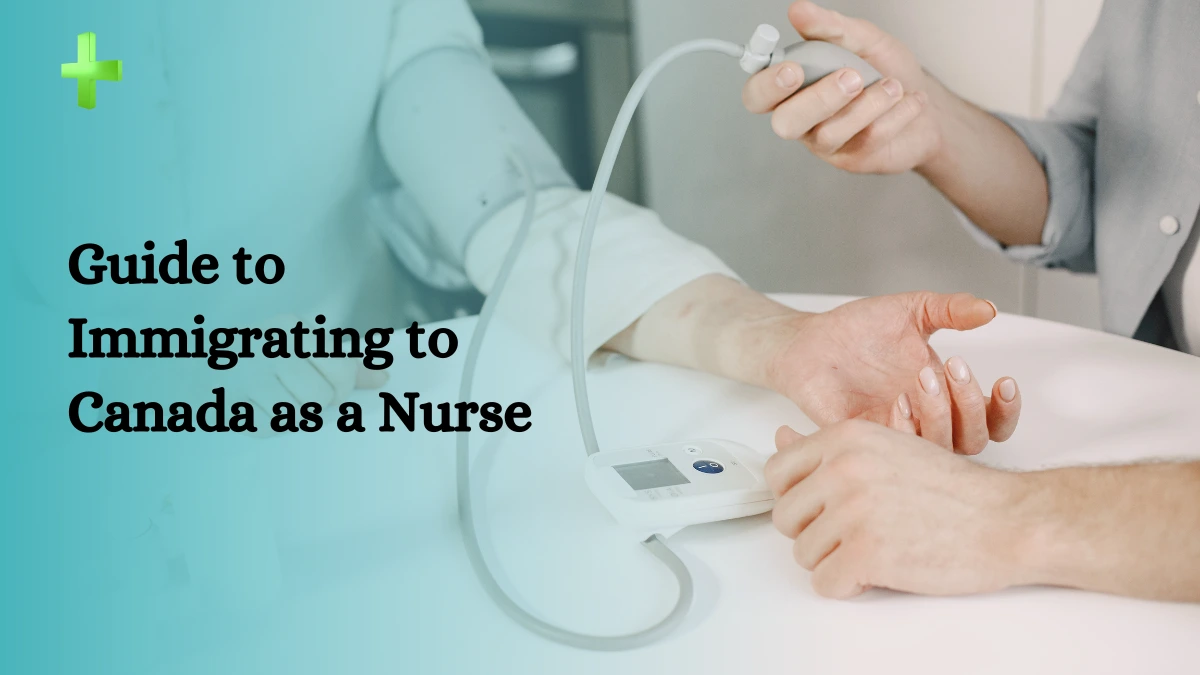If you’re traveling internationally and have a layover in the United States on your way to your final destination, you might need a transit visa. This guide will walk you through everything you need to know about how to get transit visa, step by step, in a way that’s easy to understand.
What is a Transit Visa?
A transit visa, also known as a C visa, is a type of nonimmigrant visa for travelers who are passing through the United States en route to another country. This means you are only staying in the U.S. temporarily while waiting for your next flight to continue your journey.
Who Needs a Transit Visa?
You will need a transit visa if:
- You are a citizen of a foreign country that requires a visa to enter the United States.
- You are traveling to another country and your flight has a layover in the U.S.
- You do not qualify for the Visa Waiver Program.
What Are The Types of Transit Visas?
There are two main types of transit visas:
- C Visa: For travelers who are passing through the U.S. on their way to another country.
- D Visa: For crew members working on ships or international airlines in the U.S.
How To Get Transit Visa?
Getting a transit visa involves several steps. Let’s break it down:
Step 1: Determine If You Need a Transit Visa
Before you start the application process, make sure you actually need a transit visa. If you already have a valid visitor visa (B visa) or if you are eligible for the Visa Waiver Program, you may not need a transit visa.
Step 2: Complete the Online Visa Application
The first official step is to complete the Online Nonimmigrant Visa Application, called Form DS-160
- Go to the DS-160 website: Go to the Consular Electronic Application Center on the U.S. Department of State’s website.
- Fill in your information: Provide all the required details, such as your personal information, travel plans, and previous travel history.
- Upload your photo: Make sure your photo meets the Photograph Requirements, such as size and quality.
- Submit the form: Once completed, submit the form online.
Tip: Save the confirmation page with the barcode. You will need it for your interview.
Step 3: Pay the Visa Application Fee
The next step is to pay the non-refundable visa application fee. As of now, the fee for a transit visa is $185. Check the U.S. Embassy or Consulate website where you will apply for specific payment instructions.
Step 4: Schedule Your Visa Interview
An interview is a crucial part of the visa application process. You need to schedule an appointment for your interview at the U.S. Embassy or Consulate in your home country. Here’s how:
- Visit the U.S. Embassy or Consulate website: Find the website for the U.S. Embassy or Consulate in your country.
- Schedule an appointment: Follow the instructions to schedule your interview.
- Check wait times: Be aware that wait times for interview appointments can vary. Plan ahead and schedule your interview as early as possible.
Step 5: Prepare for Your Visa Interview
To ensure a smooth interview process, you must gather and prepare all necessary documentation. Here’s a checklist of what you need:
- Passport: Your passport must be valid for at least six months beyond your period of stay in the U.S.
- Form DS-160 confirmation page: Bring the confirmation page with the barcode.
- Application fee payment receipt: If you paid the fee before your interview, bring the receipt.
- Photo: If you were unable to upload your photo online, bring a printed copy that meets the requirements.
- Additional documents: You might have to give more papers to show:
- Your purpose of travel is to transit through the U.S.
- Your financial ability to cover all costs while in the U.S.
- Your ties to your home country and your intention to return.
Step 6: Attend Your Visa Interview
On the day of your interview, arrive at the U.S. Embassy or Consulate with all your documents. Here’s what to expect:
- Security check: Be prepared for a security screening.
- Fingerprinting: Your fingerprints will be taken as part of the application process.
- Interview: A consular officer will ask you questions about your travel plans, background, and reasons for transiting through the U.S.
Example Questions You Might Be Asked:
- Why are you traveling through the United States?
- What is your final destination?
- How long do you plan to stay in the U.S.?
- Do you have a prearranged itinerary?
Step 7: Wait for Your Visa
After the interview, the consular officer will determine if you qualify for the visa. If approved, you might have to pay a visa issuance fee based on your nationality. Your passport, containing the visa, will be returned to you as per the embassy or consulate’s procedure, which could involve courier delivery or pick-up.
Tips for a Successful Visa Application
- Be truthful: Give correct information when applying.
- Be ready: Collect all needed papers and explain your travel plans clearly.
- Be clear: Make sure you have a clear and legitimate reason for transiting through the United States.
- Plan ahead: Schedule your interview well in advance and be mindful of wait times.
Common Mistakes to Avoid
- Incomplete application: Double-check your DS-160 form before submitting it to avoid any errors.
- Insufficient documentation: Make sure you have all required documents, including financial proof and travel itineraries.
- Late application: Apply for your visa as early as possible to avoid any delays.
- Misleading information: Providing false information can lead to visa denial or future travel bans.
Example Scenario
Let’s consider an example to understand the process better:
Example: Rahul is an Indian citizen traveling to Canada for a business conference. His flight from India to Canada has a layover in New York, USA. Since Rahul’s final destination is Canada and he will be in the U.S. for only a few hours, he needs a transit visa.
Rahul follows these steps:
- He visits the DS-160 website and fills out the form, providing all necessary information.
- He uploads his photo, submits the form, and saves the confirmation page.
- Rahul pays the $185 application fee and schedules his visa interview at the U.S. Embassy in New Delhi.
- He gathers all required documents, including his passport, DS-160 confirmation page, and proof of onward travel to Canada.
- Rahul attends his interview, where the consular officer asks about his travel plans. He explains that he is attending a conference in Canada and will only be in the U.S. for a layover.
- His visa is approved, and his passport is returned with the transit visa.
Conclusion
Obtaining a transit visa may seem complicated, but by following these steps for how to get transit visa and preparing thoroughly, you can make the process smoother. Remember to start early, be organized, and provide all necessary documentation to support your application.
Whether you’re heading to another country for business, leisure, or any other purpose, having the correct visa ensures a hassle-free journey through the United States.





